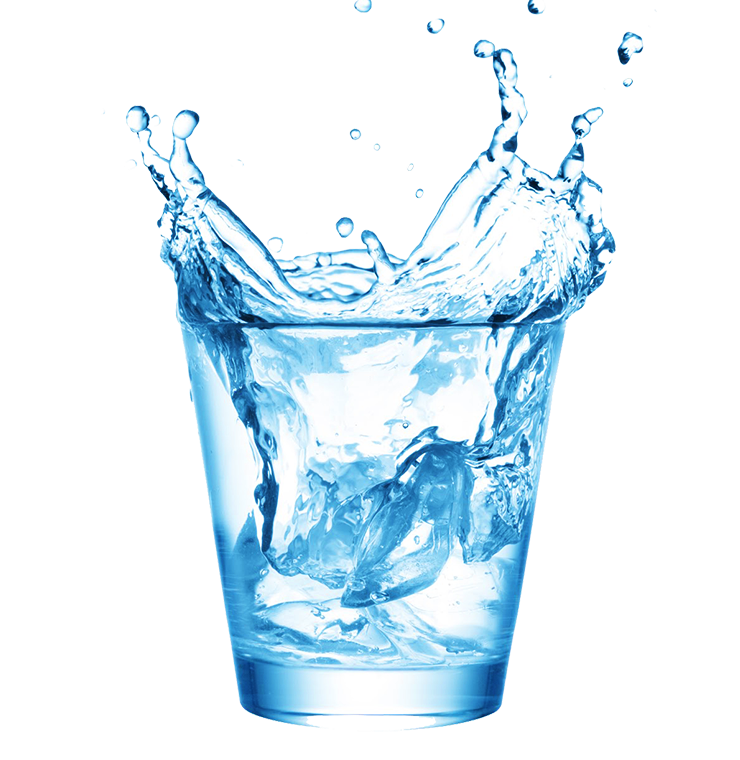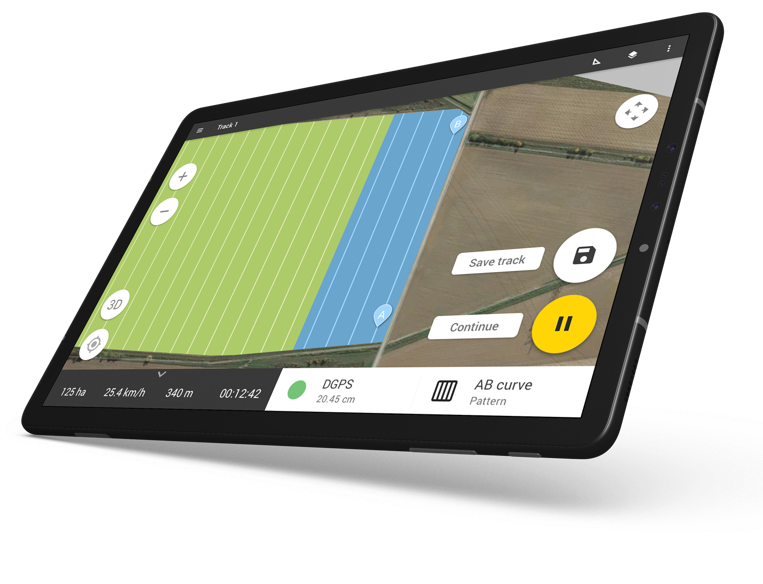We're planting seeds for the Future

AkkuFresh® (ionXtra® Power Foil™)

Organtra® (ionXtra® Derm™, ionXtra® Pure™)

(ionXtra® Textile™)

Vizio® (ionXtra® Pure™)

(ionXtra® Soil™, ionXtra® Agri Foil™)

XY Condom® (ionXtra® Derm™)

Get in touch

We do encourage potential partners and investors to contact us!
Biokarma Kft.
Representative: Mr. Sylvester Belso
Phone: +36 20 999 9910
E-Mail: info@ionxtra.com
Ready to start your next Investment with us?
Please set up your first meeting with our team and send us an email to investor@ionXtra.com. We are looking forward get to know you!

